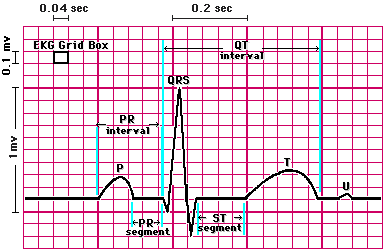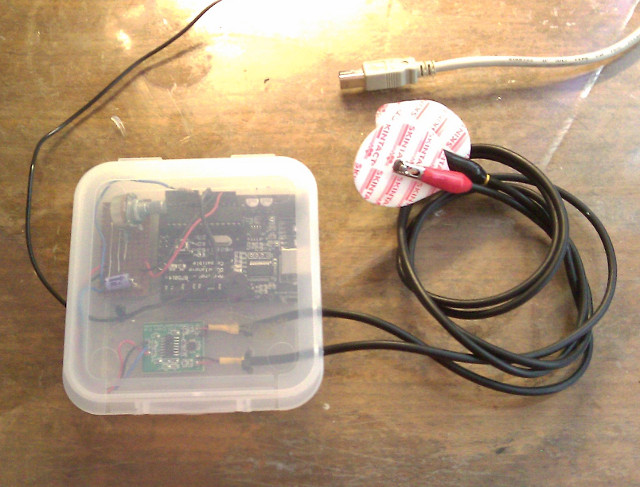 |
Alan's
Electrocardiography page |

|
 |
Alan's
Electrocardiography page |

|


You can contact me on - alanesq@disroot.org